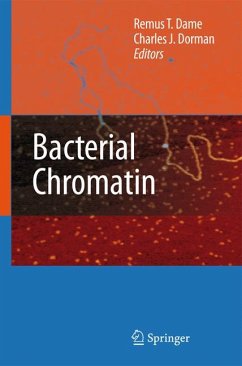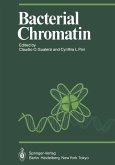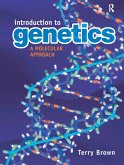This book, featuring the latest research by leading experts, describes the advanced methods being applied to the problem and shows how their work is contributing to our growing understanding of the ways that bacterial DNA storage, replication, recombination and gene expression are managed and coordinated. With due consideration paid to archaea and eukaryotes, the authors show how evolution in bacteria has provided solutions to these problems that range from the very sophisticated to the surprisingly simple.
This comprehensive overview of bacterial chromatin clearly defines the fundamental concepts and goes on to show how cells inherit both chromosomal and extra-chromosomal genetic information at cell division. Several chapters are devoted to the central role played by nucleoid-associated proteins, with specific material on imaging the nucleoids, the physics of their structure and segregation, and the transcriptional regulation conducted by nucleoid-associated proteins. No other book currently available provides such a complete picture of these essential cellular processes.
Dieser Download kann aus rechtlichen Gründen nur mit Rechnungsadresse in A, B, BG, CY, CZ, D, DK, EW, E, FIN, F, GR, HR, H, IRL, I, LT, L, LR, M, NL, PL, P, R, S, SLO, SK ausgeliefert werden.









